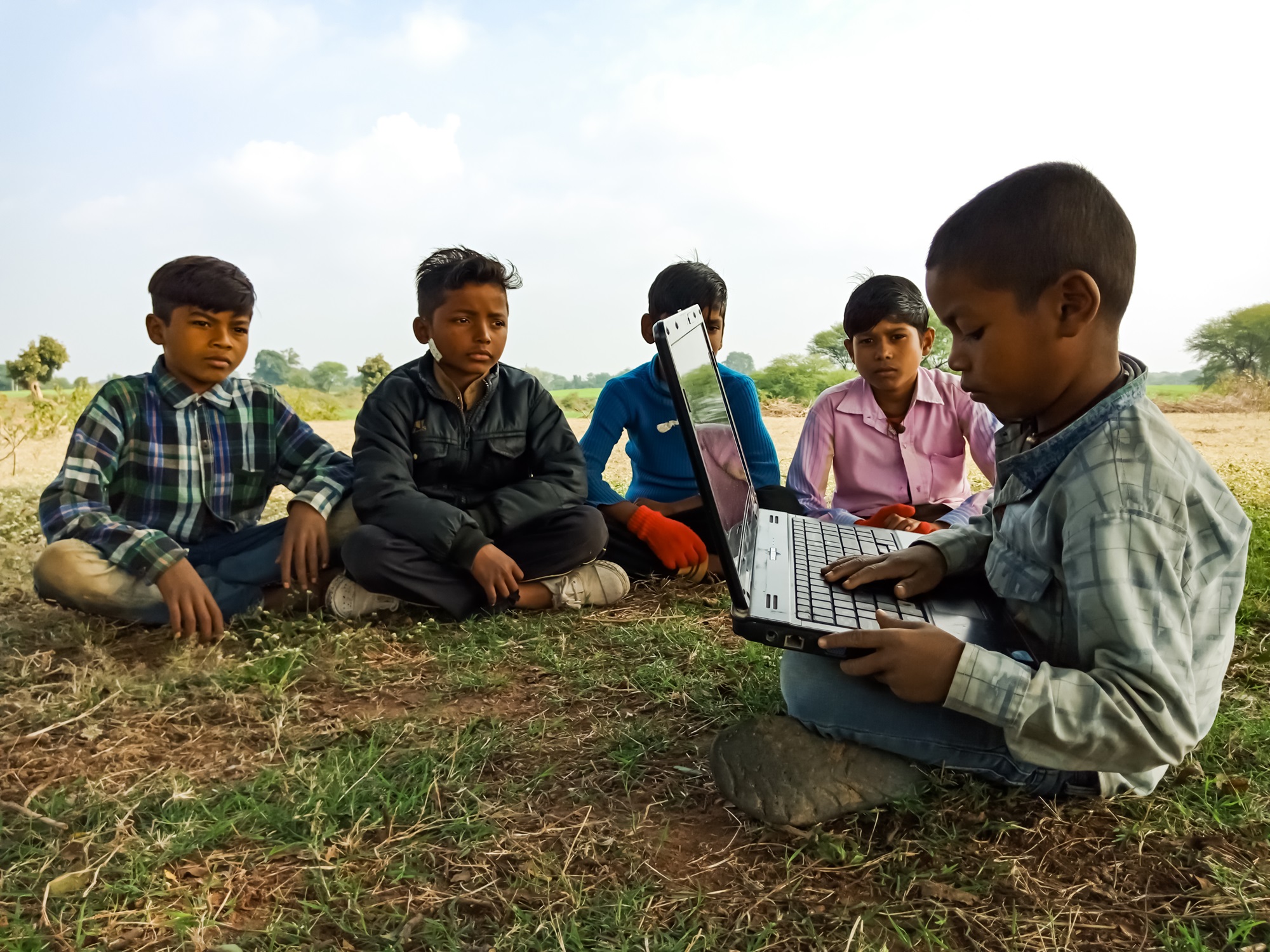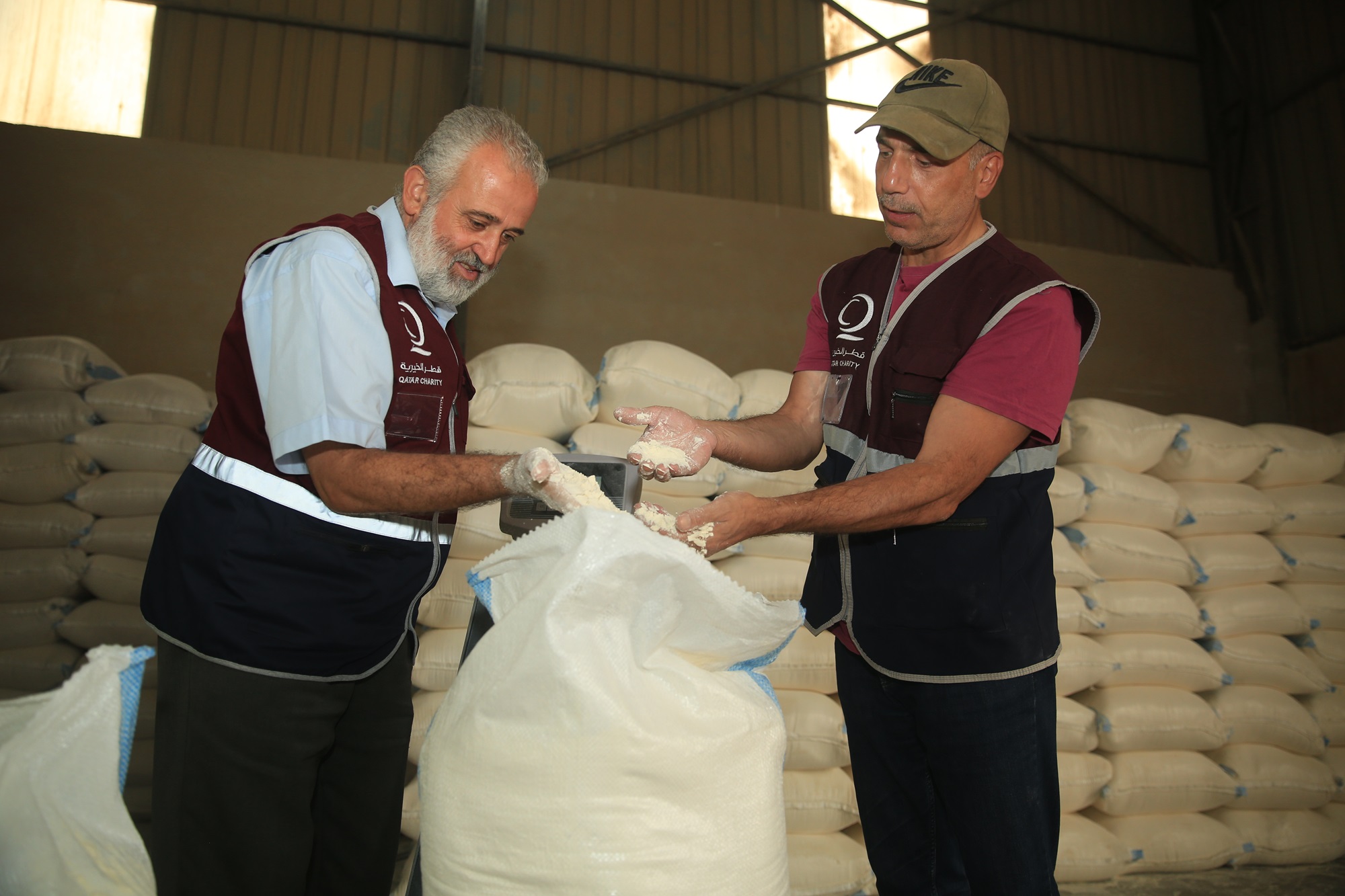In a world where crises and disasters can strike at any moment, the need for efficient and effective humanitarian aid is more critical than ever. Technological advancements have become invaluable in transforming how humanitarian organizations respond to emergencies, ensuring aid reaches those in need swiftly and effectively. This blog explores the innovative ways technology is enhancing humanitarian aid and the profound impact it has on global relief efforts.
Table of contents
Real-Time Data and Predictive Analytics
One of the most significant technological advancements in humanitarian aid is the use of real-time data and predictive analytics. Organizations can now gather and analyze data from various sources, such as satellite imagery and social media, to monitor crises as they unfold. This information allows aid agencies to predict potential disasters, assess the severity of ongoing crises, and allocate resources more effectively.
For example, the Famine Early Warning Systems Network (FEWS NET) uses satellite data and meteorological information to predict food shortages in vulnerable regions. By identifying areas at risk of famine early, humanitarian organizations can take preemptive action, providing food and resources before the situation becomes dire.
Mobile Technology and Communication
Mobile technology has revolutionized communication in humanitarian efforts. Mobile phones are ubiquitous, even in remote and conflict-ridden areas, making them a powerful tool for disseminating information and coordinating aid. Organizations can send SMS alerts to communities about impending disasters, health advisories, and distribution schedules, ensuring that crucial information reaches those who need it most.
Moreover, mobile money platforms enable cash transfers to individuals in crisis zones, allowing them to purchase essential items directly. This method not only empowers recipients to meet their specific needs but also stimulates local economies.
Artificial Intelligence and Machine Learning
Artificial intelligence (AI) and machine learning are increasingly being used to optimize humanitarian efforts. These technologies can analyze vast amounts of data to identify patterns and trends, predict future needs, and improve decision-making processes. For example, AI-powered chatbots can provide real-time assistance to individuals in crisis, answering questions and guiding them to available resources.
The Importance of Charity Apps
Charity apps play a crucial role in facilitating donor contributions. These apps provide a user-friendly platform for donors to easily make contributions, track their donations, and receive updates on how their funds are being utilized. By simplifying the donation process, charity apps encourage more people to contribute, increasing the overall support for humanitarian efforts. Additionally, features such as automated receipts, personalized donation options, and regular impact reports help build trust and transparency, making donors feel more connected and committed to the causes they support.
Qatar Charity’s Commitment to Innovation
We believe in Qatar Charity that innovation and technology go hand in hand. Over the past few years, we have developed various smart apps to make our donors’ experience easy, practical, and efficient. Winning several regional awards, Qatar Charity’s apps showcase many features that contribute to promoting social responsibility and the importance of donations for charitable and relief projects. These technological advancements not only facilitate the donation process but also enhance transparency and engagement, fostering a stronger connection between donors and the causes they support.
Conclusion
The integration of technology in humanitarian aid is revolutionizing the way organizations respond to crises. From real-time data analysis and mobile communication to drones and blockchain, these innovations are enhancing the efficiency, transparency, and reach of humanitarian efforts. As technology continues to advance, it holds the promise of creating a more compassionate and effective response to global challenges, ensuring that aid reaches those who need it most swiftly and reliably. By embracing these technological advancements, humanitarian organizations can not only improve their current operations but also build a more resilient and responsive aid system for the future.










